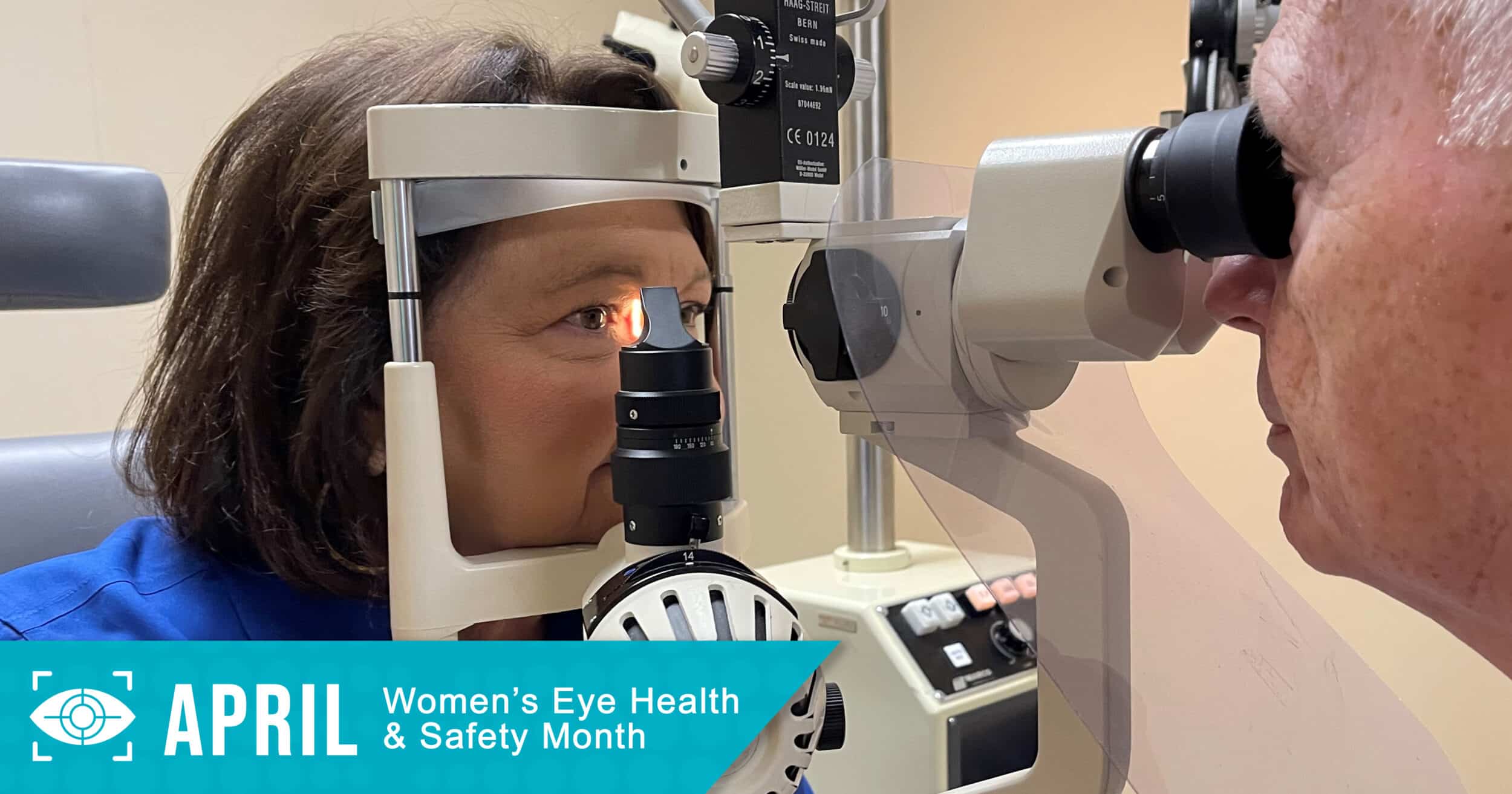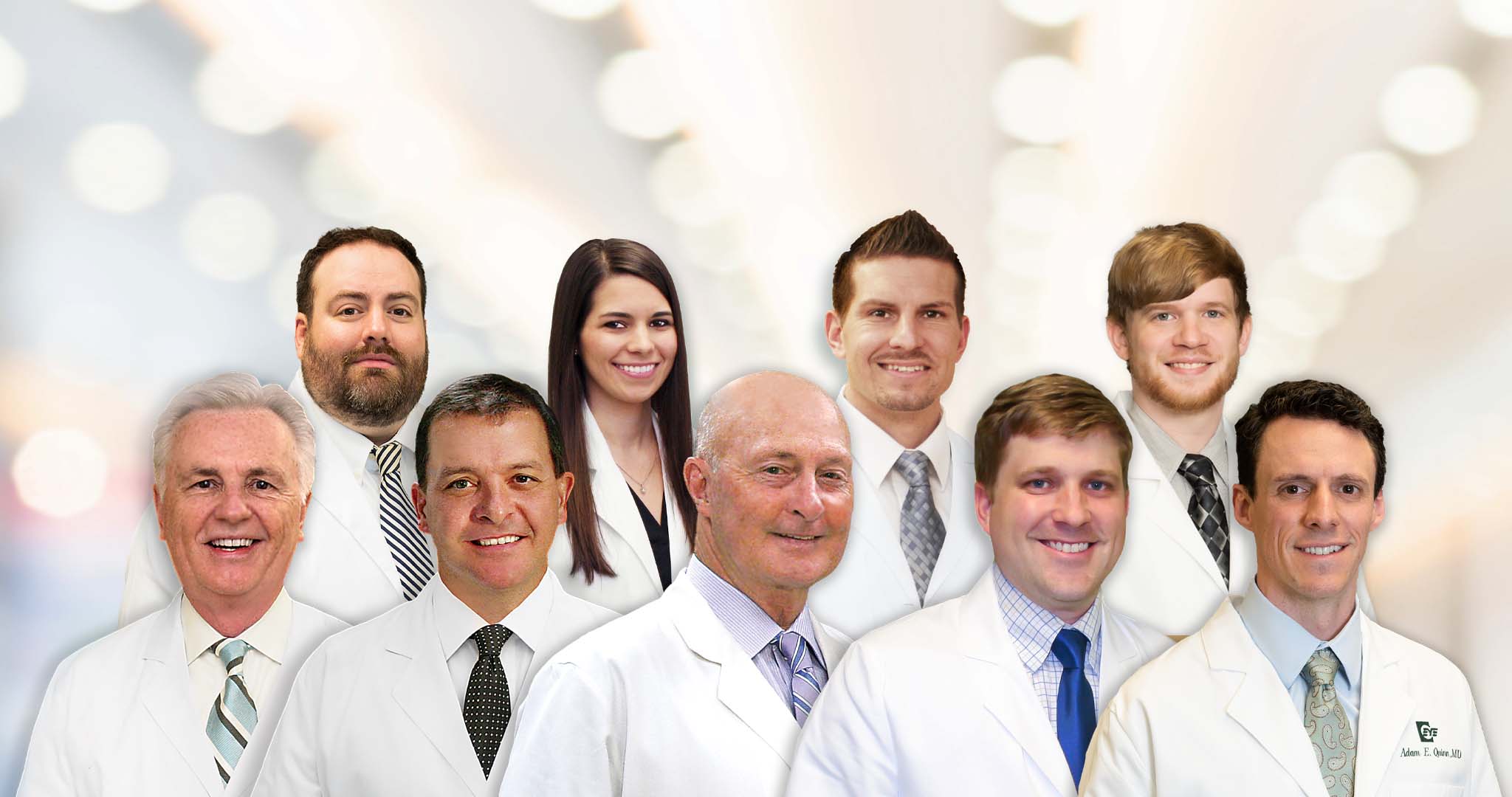
Although vision problems potentially affect everyone on Planet Earth, statistics in general show that women face greater risks than men. Menopause accounts for much of this increased risk, from irritating conditions like chronic dry eye to even more serious diseases.
“The hormonal changes occurring during menopause often give rise to a number of eye-related health problems, with chronic dry eye disease being one of the most common,” says Dr. David Richardson, an eye surgeon with Hattiesburg Eye Clinic. “Menopausal women on supplemental estrogen therapy also have an increased risk for blockage in ocular blood vessels, which could lead to serious visual impairment.”
Women also have a higher risk than men for common age-related eye diseases, and for one simple reason: They live longer.
“Because of their increased longevity, women are more prone to age-related diseases like cataracts, glaucoma, or macular degeneration. It’s not surprising, then, that in a typical practice older female patients tend to outnumber men,” says Dr. Richardson.
Because of these increased risks for visual problems, women must especially stay alert to their eye health. Fortunately, there are a number things you can do if you’re a woman to protect your eyesight as you grow older.
In recognition of Women’s Eye Health and Safety Month this April, Dr. Richardson offers the following tips to help keep your eyes healthy for the long-term.
Don’t smoke. Besides other well-known health problems caused by tobacco use, Dr. Richardson says smoking also increases the likelihood of eye disease. “There’s no question that smoking is unhealthy for your eyes. For instance, you increase your chances for macular degeneration by 50% if you smoke.”
Consume an “eye-friendly” diet. One way to minimize your disease risk and enhance your eye health is to eat foods rich in nutrients. “Generally, a diet which is beneficial for the whole body will also have a positive effect on eye health,” says Dr. Richardson. “You especially want to include foods with lutein, which can be found abundantly in dark, leafy green vegetables like spinach or kale.”
Practice good makeup habits. For many women, cosmetic makeup is an integral part of their daily lives—but Dr. Richardson says it could also pose a risk to eye health. “Our main concern with eye makeup is the possibility of infection, which can become serious. To avoid this, we encourage cosmetics wearers to daily clean the eyes of any makeup, especially on and around the lashes. It’s also beneficial to use hypoallergenic cosmetics.”
Get an annual eye exam. You can’t avoid getting older, but you can get ahead of many age-related eye diseases before they cause major harm. The key, according to Dr. Richardson, is an annual eye exam starting around age 40. “Many age-related eye conditions don’t produce noticeable symptoms until they’re well-advanced. A routine eye exam can detect these conditions early, giving us ample time to mitigate some of their harmful effects.”
As a woman, you’ll face many health concerns as you grow older, your eyesight included. You can reduce any concerns for your eye health, though, by following the aforementioned guidelines, especially getting regular eye exams.

And best of all, you don’t have to do this alone: the experienced physicians and staff of Hattiesburg Eye Clinic will partner with you in ensuring your long-term eye health. With eight convenient locations in South Mississippi (including at all Walmart locations in Hattiesburg, Laurel and Columbia), protecting your eyesight for a lifetime isn’t far from your doorstep.
To find more about keeping your eyes safe and healthy visit us at our website. To learn more about how Hattiesburg Eye Clinic can improve your vision health, call 601-268-5910 (or toll-free 800-624-8254) or schedule a consultation with us at www.hattiesburgeyeclinic.com/contact-us/


